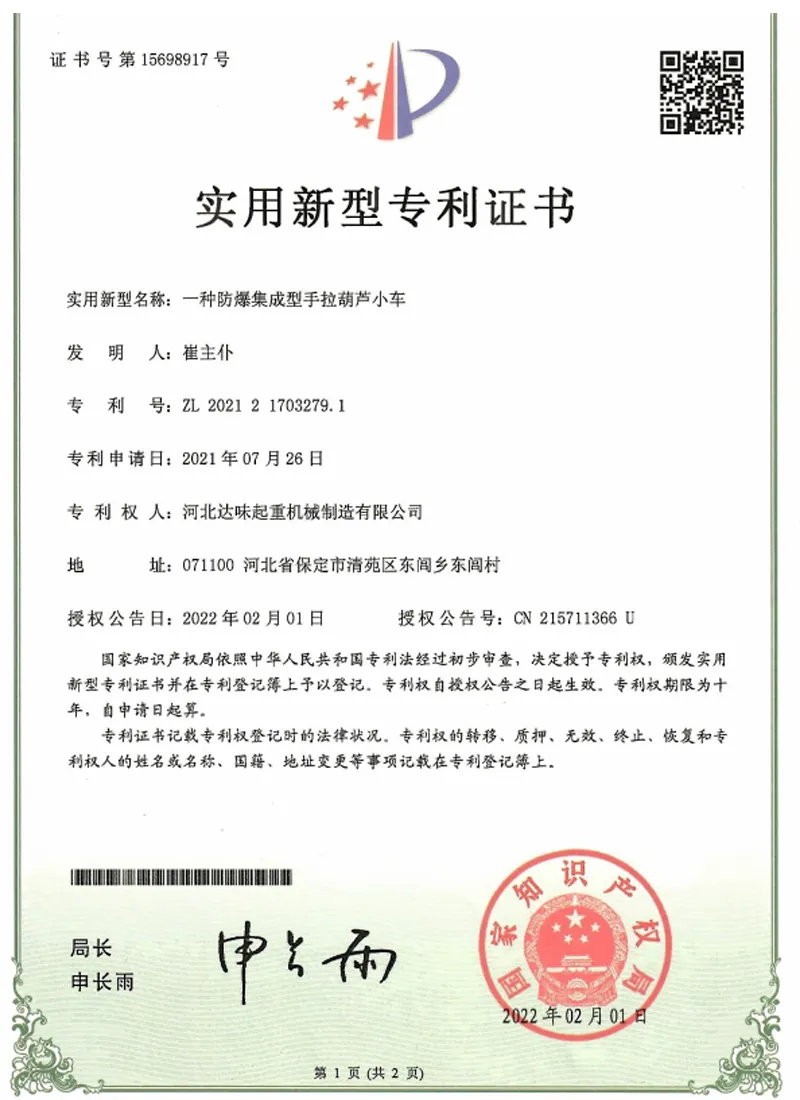Powerful Lifting Magnets for Industrial and Heavy-Duty Applications
Heavy Lifting Magnets Revolutionizing the Industrial Sector
Heavy lifting magnets are remarkable tools that have transformed the way industries handle and transport ferrous materials. These powerful devices use magnetic fields to lift and move heavy loads, significantly improving efficiency and safety in various operations—ranging from construction sites to manufacturing plants and beyond.
At the core of how heavy lifting magnets operate is the principle of electromagnetism. When an electric current flows through a coil of wire, a magnetic field is generated. Heavy lifting magnets utilize this principle by incorporating an iron core within the coil, enhancing the magnet's lifting capacity. There are primarily two types of lifting magnets permanent magnets and electromagnets. Permanent magnets are made from materials like neodymium or ferrite, which retain their magnetic properties without requiring an external power source. Conversely, electromagnets are powered by electricity, allowing users to turn the magnetic field on and off as needed, providing greater control over lifting operations.
One of the key advantages of using heavy lifting magnets is their ability to streamline workflows. Traditionally, moving heavy steel plates or beams would require multiple workers, cranes, and rigging equipment, posing risks of injury and delays. With lifting magnets, a single operator can safely lift and maneuver these heavy objects with ease. This not only reduces labor costs but also speeds up production processes.
heavy lifting magnets

Moreover, heavy lifting magnets offer enhanced safety features. Since they provide a secure grip on the material being lifted, they minimize the risks associated with dropped loads. This reliability is crucial in industries where precision is paramount, such as metalworking and shipping. The reduced need for manual lifting and rigging also lowers the chance of accidents, contributing to a safer workplace environment.
In addition to safety and efficiency, heavy lifting magnets are also adaptable to various applications. Industries including construction, scrap metal recycling, and manufacturing rely on these devices for tasks such as loading and unloading, sorting materials, and transporting goods. There are specialized magnets designed for particular tasks, such as those equipped with adjustable beams or those specifically crafted for handling sheet metal, further enhancing their versatility.
However, despite their advantages, heavy lifting magnets do have limitations. Notably, they can only be used with ferrous materials, meaning they are ineffective on non-magnetic substances like aluminum or wood. Additionally, the lifting capacity of these magnets can vary based on factors such as surface condition and load weight. Therefore, it is essential for operators to understand the specifications and limitations of the equipment they are using.
In conclusion, heavy lifting magnets are indispensable tools in the modern industrial landscape. Their ability to enhance safety, improve efficiency, and adapt to a variety of applications makes them a valuable asset for businesses looking to optimize their operations. As technology continues to advance, we can expect further innovations in magnetic lifting solutions, paving the way for even greater improvements in material handling and industrial processes.
-
Permanent Magnetic LiftersNewsNov.01,2024
-
Operations with an Adjustable CraneNewsNov.01,2024
-
Machine Moving SkatesNewsNov.01,2024
-
Industrial Lifting MagnetsNewsNov.01,2024
-
Effective Machinery MovingNewsNov.01,2024
-
Adjustable Gantry CraneNewsNov.01,2024
-
Unlock the Power of Lifting with Permanent Magnetic LiftersNewsOct.11,2024
